Imagine logging into a chess site that feels less like a website and more like a living, breathing chess city.
You get a personalized coach that knows your most profound weaknesses, and watch a global tournament where players appear as holograms.
That future is closer than you think.
Over the next five years, online chess will shift from convenient play to an ecosystem driven by smarter AI and richer experiences.
We’ve conducted our research and will map out the most likely changes, explain why they’ll happen, and outline what players can expect.
Smarter Training With AI
Right now, you can plug a position into Stockfish and get a line of computer moves.

That’s useful, but not very personal.
In the future, chess platforms will offer AI coaches that learn from your games.
Instead of giving you random lessons, they’ll spot your repeated mistakes and build lessons around them.
They’ll explain moves in plain language and even copy the style of famous players so you can train against “virtual Carlsen” or “virtual Fischer.”
Chess.com has already taken steps in this direction with its AI coach feature. This trend will only get better.
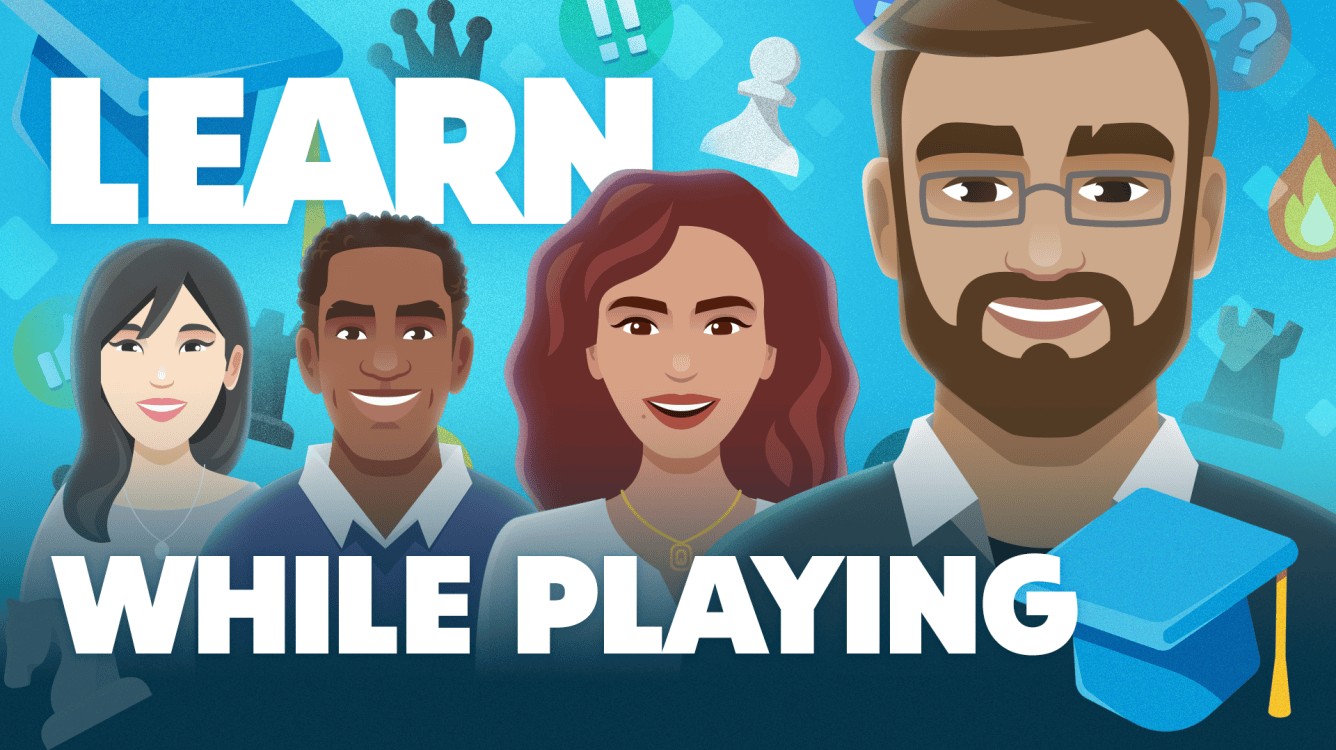
Better Anti-cheating Methods
Cheating has been the biggest headache for online chess. Most platforms use detection tools that flag suspicious moves and patterns.
But in five years, these systems will be sharper and fairer.
Instead of banning someone right away, sites will use risk scores and more substantial evidence.
For serious events, organizers may use random camera checks.
For casual games, checks will run quietly in the background without invading your privacy.
The goal would be to protect honest players without making online chess feel like surveillance.
Hybrid Chess Will Become Normal
Hybrid chess means you play from a local club or school, but your games count in global events.
Your moves go online instantly, and arbiters watch in person to make sure it’s fair.
FIDE has already created rules for hybrid competitions. In five years, we’ll see a lot more of them.
It’s perfect for players in smaller countries or cities where big tournaments are rare.
Imagine playing a world qualifier from your town hall while your opponent plays from theirs across the ocean.
VR And AR Will Add Spectacle
Chess isn’t always the most visual sport.
But VR (virtual reality) and AR (augmented reality) could change that.
Picture yourself sitting in a virtual arena, looking at giant boards with glowing arrows showing plans.
Or imagine a commentator standing next to holographic pieces explaining moves live.
Meta and other tech companies already experiment with chess in VR. In five years, this will feel normal.
It will make watching chess more like watching a real sport, with drama and atmosphere.
Chess As E-sports
We’ve already seen it with the esports World Cup chess event. This event showed that even online chess can look like esports.
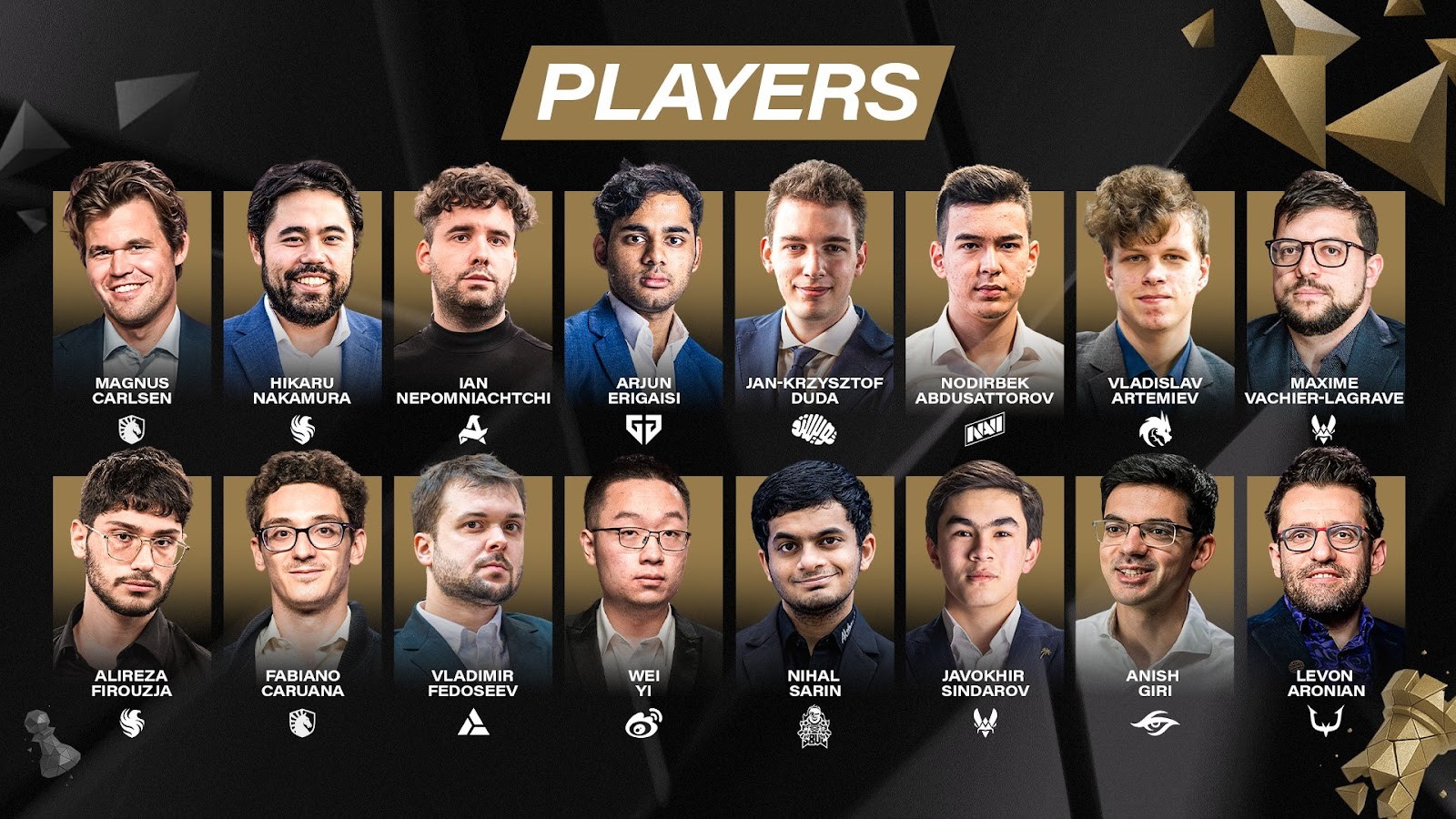
There will be seasons, sponsors, big prize funds, and live broadcasts.
In the coming years, you should expect to see proper leagues, with teams, franchises, and fans following their favorite squads.
Streamers will team up with pro players, and online events will draw stadium-sized audiences.
This will give professional players more stability and fans more action to follow year-round.
Digital Collectibles And Game Moments
Remember when NFTs were everywhere? The hype has now cooled, but some ideas still stuck.
In chess, this could mean owning a verified copy of a famous game moment.
Imagine having a digital collectible of Magnus Carlsen’s best win or a virtual board signed by a grandmaster.
These won’t replace regular chess, but they’ll give superfans and collectors something new to treasure.
Safer And More Private Platforms
As platforms grow, keeping accounts safe will be a top priority.
Expect more encryption, stronger login systems, and regular audits.
You’ll have more control over your data, and platforms will be forced to respect privacy.
For serious tournaments with prize money, sites may require two-factor authentication or identity checks.
For players, this means fewer hacked accounts and more peace of mind.
AI-Powered Opponent Matching
In the next five years, we might not only have AI coaches, but also smarter matchmaking.
Platforms like Lichess and Chess.com could use machine learning to pair players not just by rating, but by style.
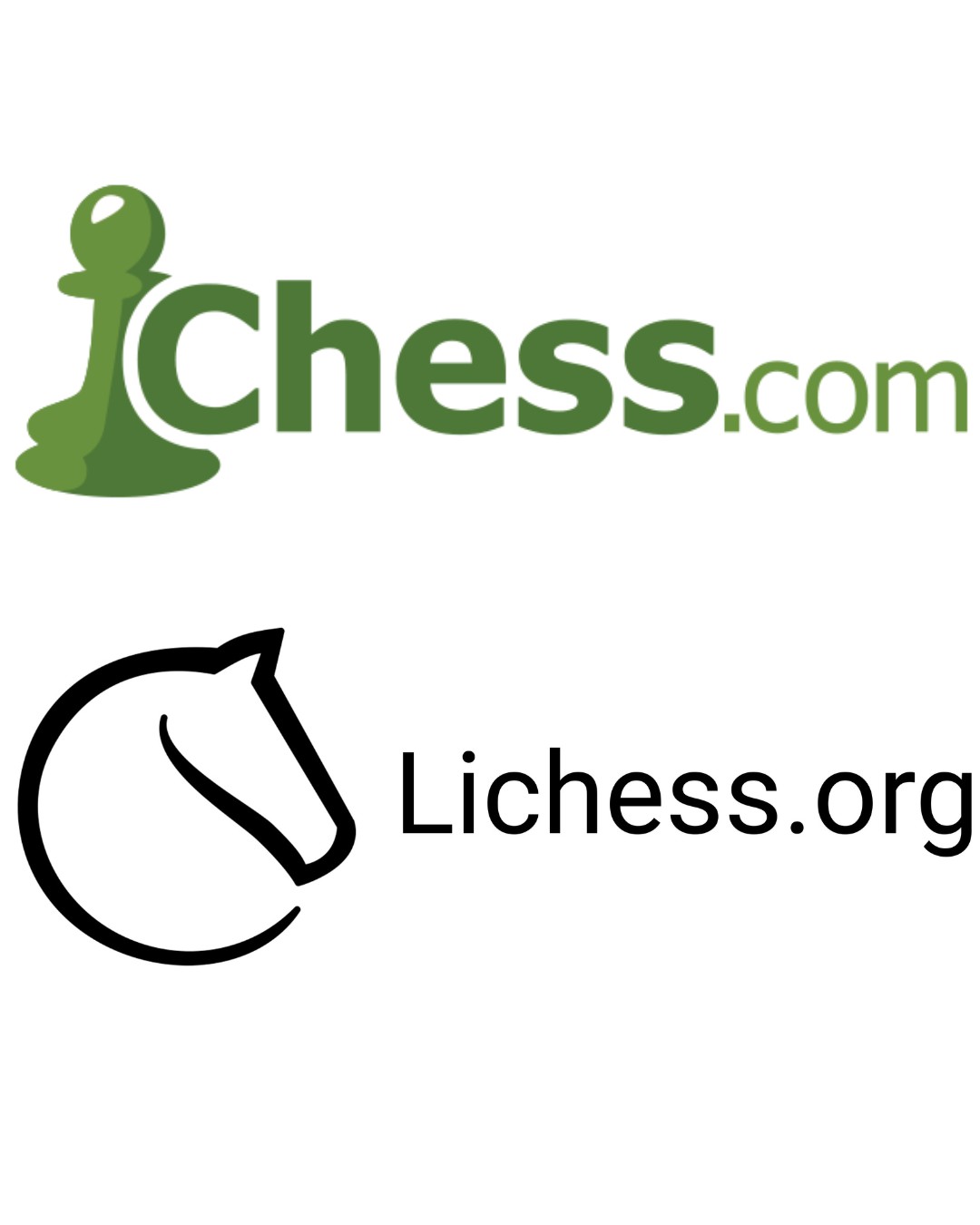
Imagine being matched against someone who plays sharp gambits. If you’ve been struggling against them, that way, you get real practice in weak areas.
Educational Growth: Chess in Schools
In five years, online chess could be fully embedded into education.
Platforms might partner with schools to create special accounts for kids, with safe environments, class tournaments, and AI-powered progress reports for teachers.
This could massively expand chess literacy worldwide.
Health and Wellbeing in Chess
As more people spend hours online, platforms may add features that help promote balance in their users’ health.
Simple nudges, such as reminders to take breaks, posture tips, or even integrated mindfulness tools, could become part of the chess experience.
This blends well with the growing focus on mental health in sports.
What It Means For Players
If you’re a casual player, you’ll notice more innovative training tools, fairer games, and cooler ways to watch chess.
If you’re competitive, you’ll have more chances to play in hybrid or online events.
If you’re a fan, expect esports-style shows and VR broadcasts that make chess more exciting.
The game itself won’t change. The game would still have two players, 64 squares, and endless possibilities.
But the way we play, watch, and experience it will feel very different.
Risks To Watch Out For
Of course, not everything will be perfect:
- AI coaches may never replace real human guidance.
- Cheaters will keep finding loopholes, so it’s always an arms race.
- Some new tech may flop or attract scams.
But the chess community has always adapted.
Players want fairness, access, and fun, and that’s where the focus will remain.
Final Thoughts
Five years from now, online chess will be bigger, fairer, and more exciting than ever.
We’ll train with AI that knows our style, compete globally through hybrid hubs, and enjoy broadcasts that look like e-sports spectacles.
The essence of the game stays the same: two people battling over 64 squares.
But the world around it will feel faster, sharper, and much more alive.
The future of online chess is arriving quickly, and it promises to be a thrilling ride.
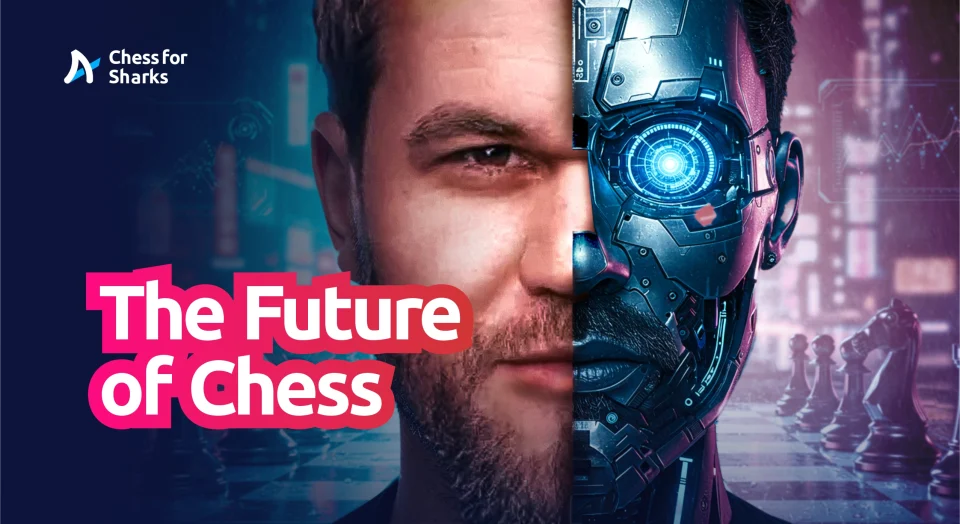
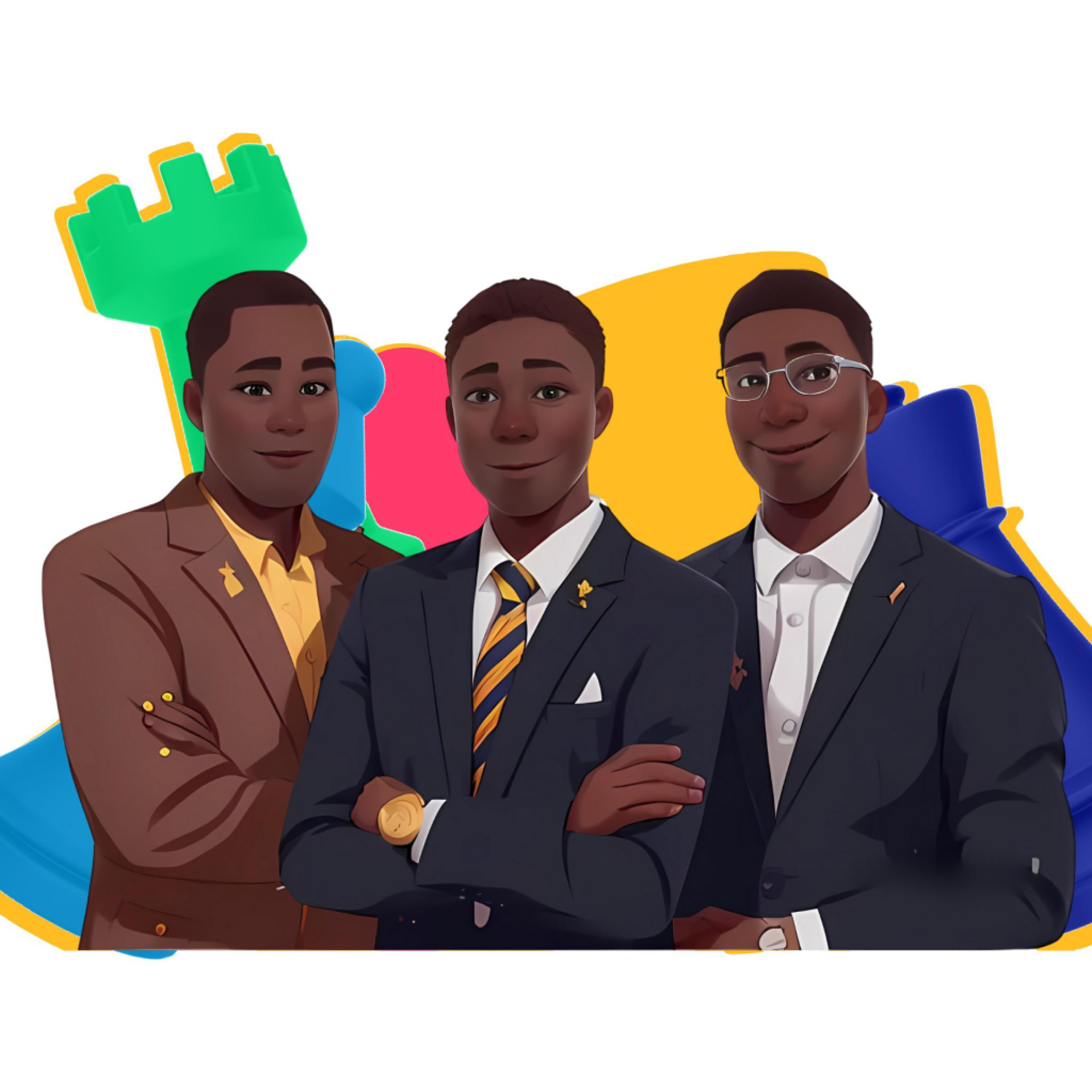



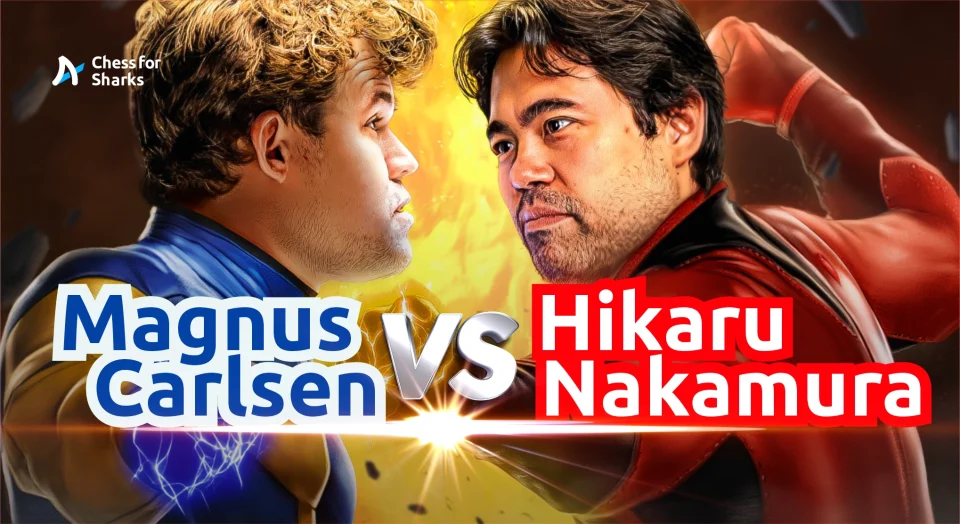

join the conversation